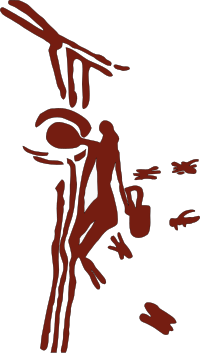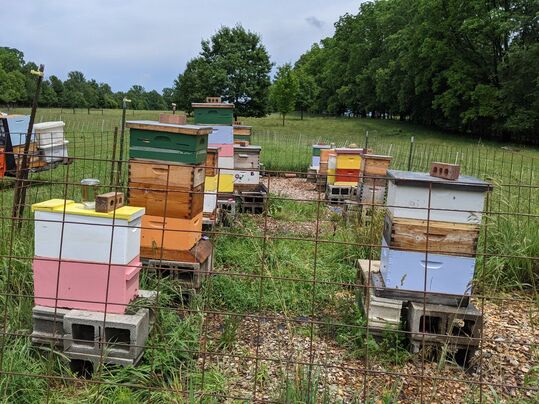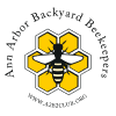 Ancient Beekeeping really started in ancient times with honey hunting and humans harvesting the honey from hives in tree cavities. Traditional honey bee hives kept by the first beekeepers were either conical skeps made of straw or wicker plus mud or wax or cylinders of clay. The problem with these hives is that you have to destroy them to harvest the honey because the comb is fixed (not movable) inside the hive. Skeps are now illegal in some places because they foster poor management and promote disease. Bar The three most common modern beehive designs are the Langstroth hive, the Warre hive, and the Kenyan Top Bar hive. Of these, the Langstroth hive (invented by Rev. Lorenzo Lorraine Langstroth) is by far the most common. One advantage of all of these hives is removable frames that help a beekeeper test for diseases such as Varroa mites and harvest honey without destroying the colony. Langstroth hives and Warre hives are vertical hives, but in Langstroth hives the honey supers go on top of the hive with the brood on the bottom, whereas in a Warre hive, the brood is on the top and the honey is on the bottom. Top Bar hives are horizontal hives with brood in the middle and honey on the edges. Curve There are probably hundreds of different hive designs out there, some designed for aesthetics (garden hives) and some for specific purposes like queen breeding (queen hotels). Still others are meant to simulate the natural habitat of honey bees (log hives). While others try to streamline aspects of beekeeping such as honey harvesting (Flow Hive). Starting out with a more common beehive design will probably help you overcome the steep learning curve in beekeeping and make it a more enjoyable experience. More Information: https://www.smithsonianmag.com/arts-culture/the-secret-to-the-modern-beehive-is-a-one-centimeter-air-gap-4427011/
0 Comments
Leave a Reply. |
AuthorJen Haeger is a new master beekeeper and board member of A2B2. Archives
August 2022
Categories
All
|


 RSS Feed
RSS Feed
